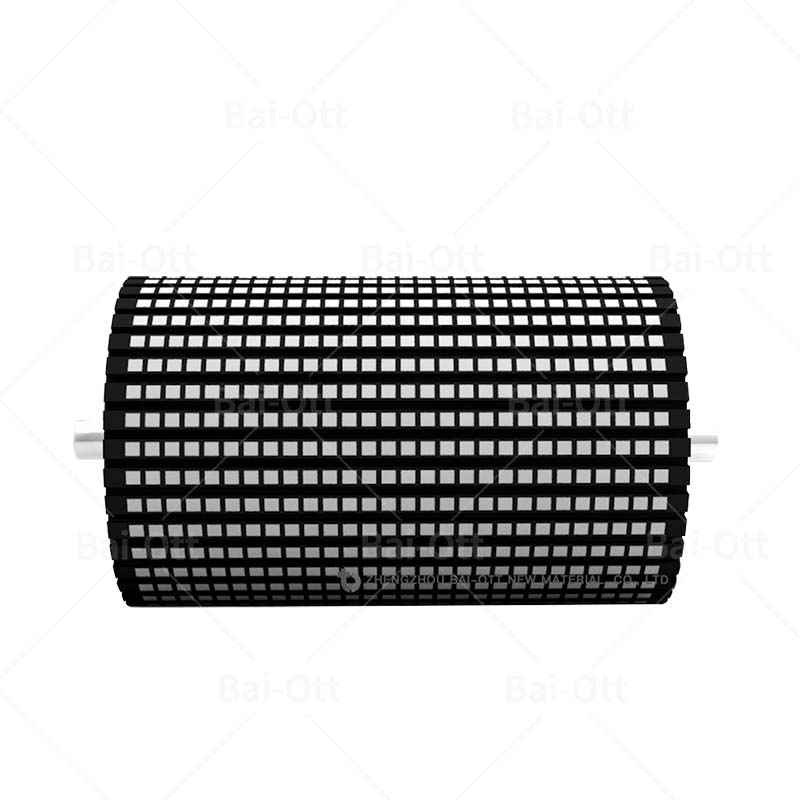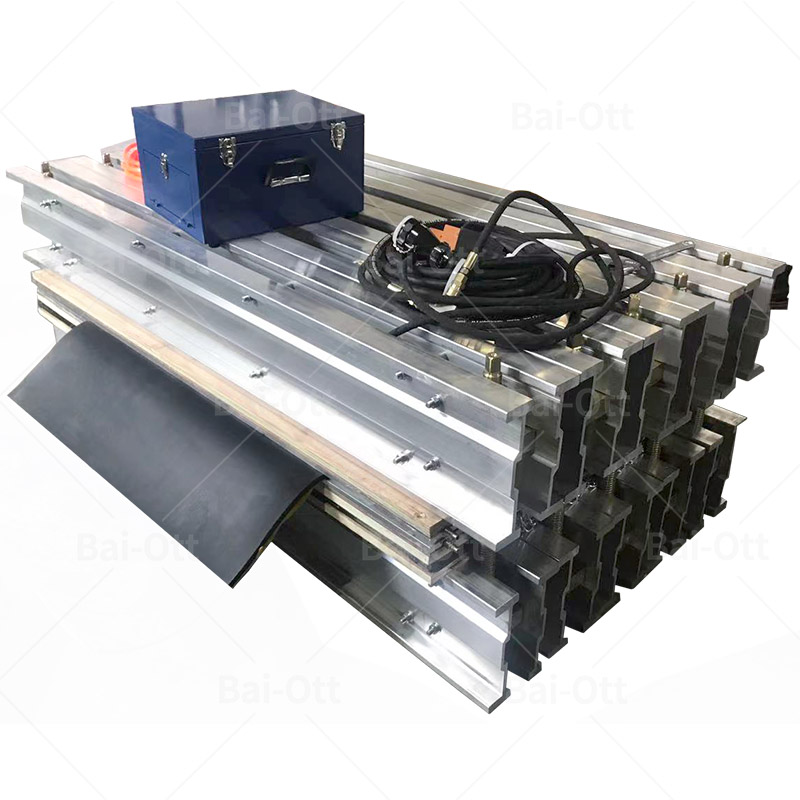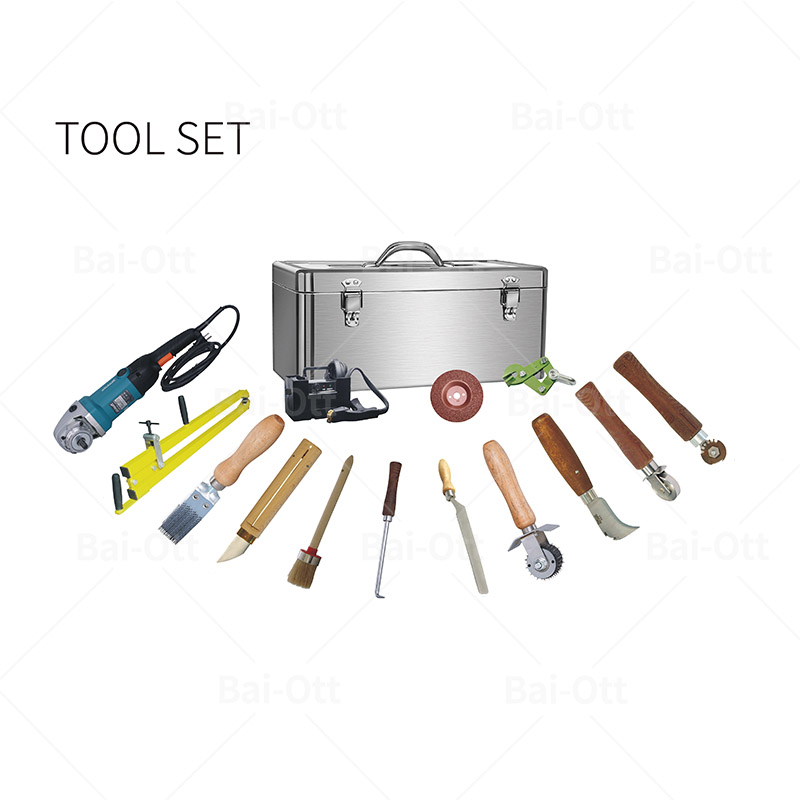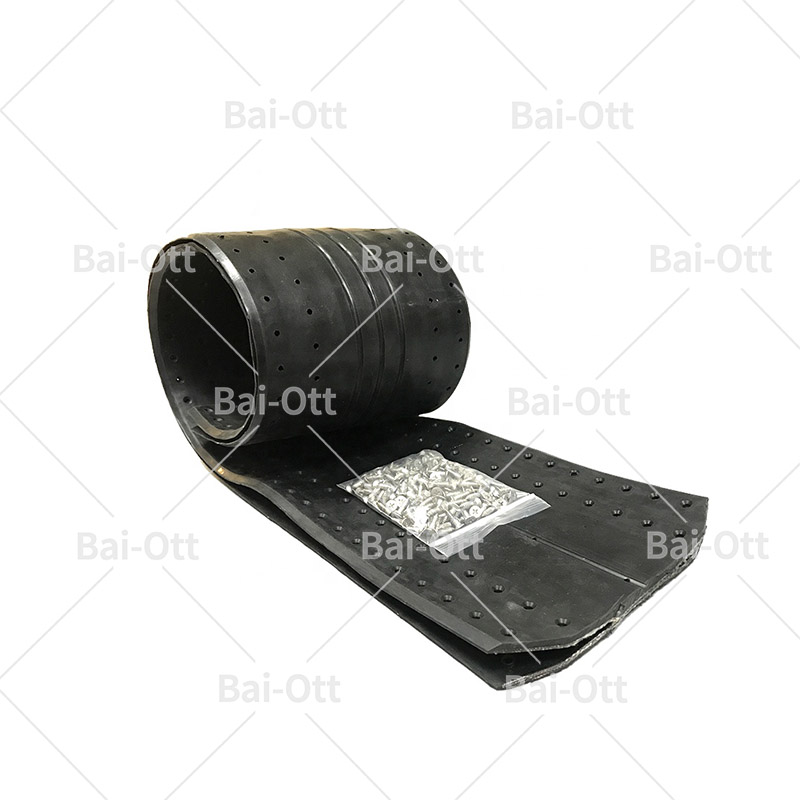Common fault analysis and solution of screw conveyor
A screw conveyor, commonly known as an "auger", is conveying equipment without flexible traction parts. It can transport the materials in the shell along the thrust direction through the thrust of rotating spiral blades. It can be transported horizontally as well as obliquely and vertically. It has the advantages of a wide application range, simple structure, convenient operation, and low cost. It is widely used in many fields, such as metallurgy, mining, construction, and grain.
1. Structure and principle of screw conveyor
The screw conveyor is mainly composed of a motor, reducer coupling, bearing, sealing seat, shell, and screw shaft, and the shell is provided with a feed inlet, discharge outlet, and cleaning door. The auger shaft rotates under the drive of the motor. The materials enter from the feed port at the head. After being pushed by the prefabricated spiral blades on the auger shaft, the materials move along the shell to the tail and are discharged through the discharge port.
2 Analysis of common faults of screw conveyor
Screw conveyor is mainly used in flour mills and food factories for material discharging, powder blending, and other process positions. Although the use advantages of screw conveyors are very obvious, some faults will occur in the application process, so it can not give full play to its due technical performance in the production process. According to the use of screw conveyors in the past, the common faults include difficult start-up, shaft end, flange connection and cleaning of powder leakage at the door, material blockage at the hanging bearing, pipe shaft fracture, and collision with the shell. The causes of some faults of the screw conveyor are analyzed below, and the corresponding solutions are put forward.
Read more: China top quality conveyor vulcanizing press equipment manufacturer
2.1 The screw conveyor is difficult to start
The main reasons for the difficulty in starting the screw conveyor are abnormal reducer, small motor power selection, and hanging bearing blocking. Screw conveyor driven power needed depends mainly on the conveying material properties, material transport hoisting height, length, and materials at the same time also need to overcome all kinds of resistance in the process of delivery, including material and friction between the shell, material and spiral blade between the friction resistance between the material and material in friction, bearing and seal in the transmission process of resistance, etc.
2.2 Shaft end, flange joint and cleaning door leakage powder
The shaft end is provided with a sealing seat, and the leaking powder at the shaft end is divided into two cases: one is due to the unreasonable design of the sealing structure, the equipment is not equipped with the corresponding sealing structure according to the conveying material and process position in the production and manufacturing; The other is caused by the damage of the shaft end seal. Flange joint and cleaning door leakage powder is often due to the screw conveyor installation seal lap is not complete or damage to the seal.
2.3 Material blocking at hanging bearing
Hanging bearing in plugging material often occurs in a smaller type of screw conveyor, screw conveyor itself cross-section is small, the shell hanging bearing place due to the hanging bearing installation, the installation of hanging bearing outside diameter often coarser than the diameter of a pipe shaft, as well as a setting in the hanging bearing support, makes the material through the screw conveyor of the cross-section area is affected by a lot. Moreover, the blade at the hanging bearing is disconnected, and the material can only be pushed by the material in front when passing the hanging bearing.
3 Screw conveyor fault solution
3.1 The opening difficulty of screw conveyor
When the screw conveyor is difficult to start, first check whether the deceleration motor can work normally or not, such as if the deceleration motor can not work normally, the need to repair or replace the deceleration motor; Secondly proofread the screw conveyor required power selection is appropriate, according to the power calculation formula (1) and (2) combined with material characteristics and screw conveyor process location to select the appropriate safety factor. Chain drive screw conveyor to meet the output of the premise can also be adjusted by the sprocket try to solve.
3.2 Shaft end, flange joint and cleaning door leakage powder
Given the shaft end leakage powder should be designed with a reasonable sealing structure, screw conveyor shaft end sealing structure is commonly used in felt seals, rotary lip seal ring seals, and packing seals. Multiple seals combined with gas seals and several types of seals. In the production of screw conveyor should choose the appropriate sealing structure according to the conveying material, not blindly reducing the cost, the use of a simple sealing structure, reduce the quality of sealing. Flange joint and cleaning door joint should ensure that the joint is in good condition during equipment installation, and replace the sealing strip in time when it is found to be damaged.
3.3 Material blocking at hanging bearing
When the screw conveyor is small and the conveying materials are impurities or lower feet, the pipe shaft shall be thickened as much as possible to avoid the use of hanging bearings. If the conveying distance is too long and the hanging bearings have to be used, the reasonable hanging structure shall be designed to increase the cross-sectional area of the materials passing through the hanging bearings on the premise of meeting the strength. At the same time, the width of the hanging bearings shall be as small as possible to make the discontinuous part of the blade as short as possible.
4 Conclusion
In addition to easily causing faults in the process of manufacturing, hoisting, transportation, and installation, the screw conveyor should also pay attention to daily maintenance, and lubricate the bearings and seals of the screw conveyor according to the instructions. This paper summarizes the common faults of screw conveyors in the process of use and puts forward the corresponding solutions, hoping to provide some references for users.
Click here: China Domed hot dip galvanized steel Conveyor Covers manufacturer






